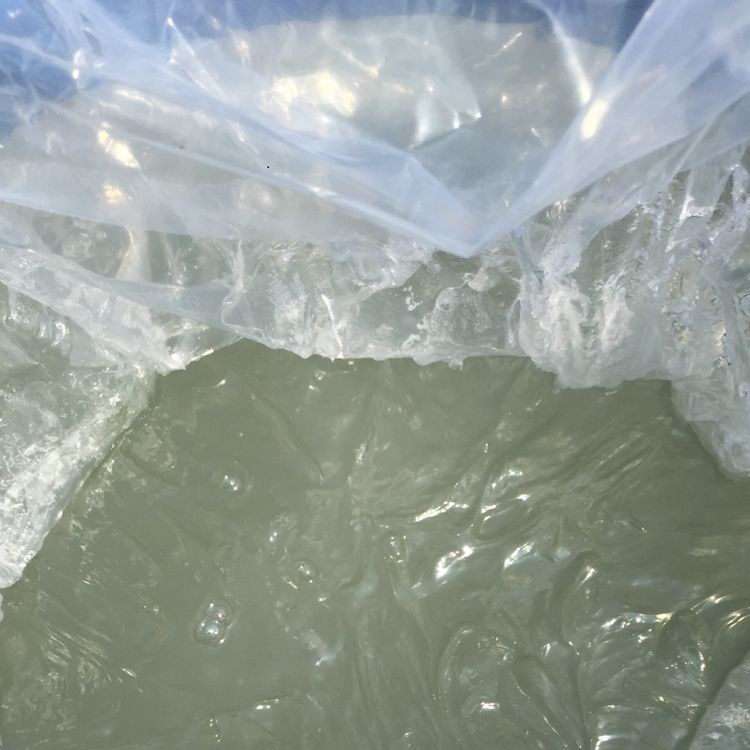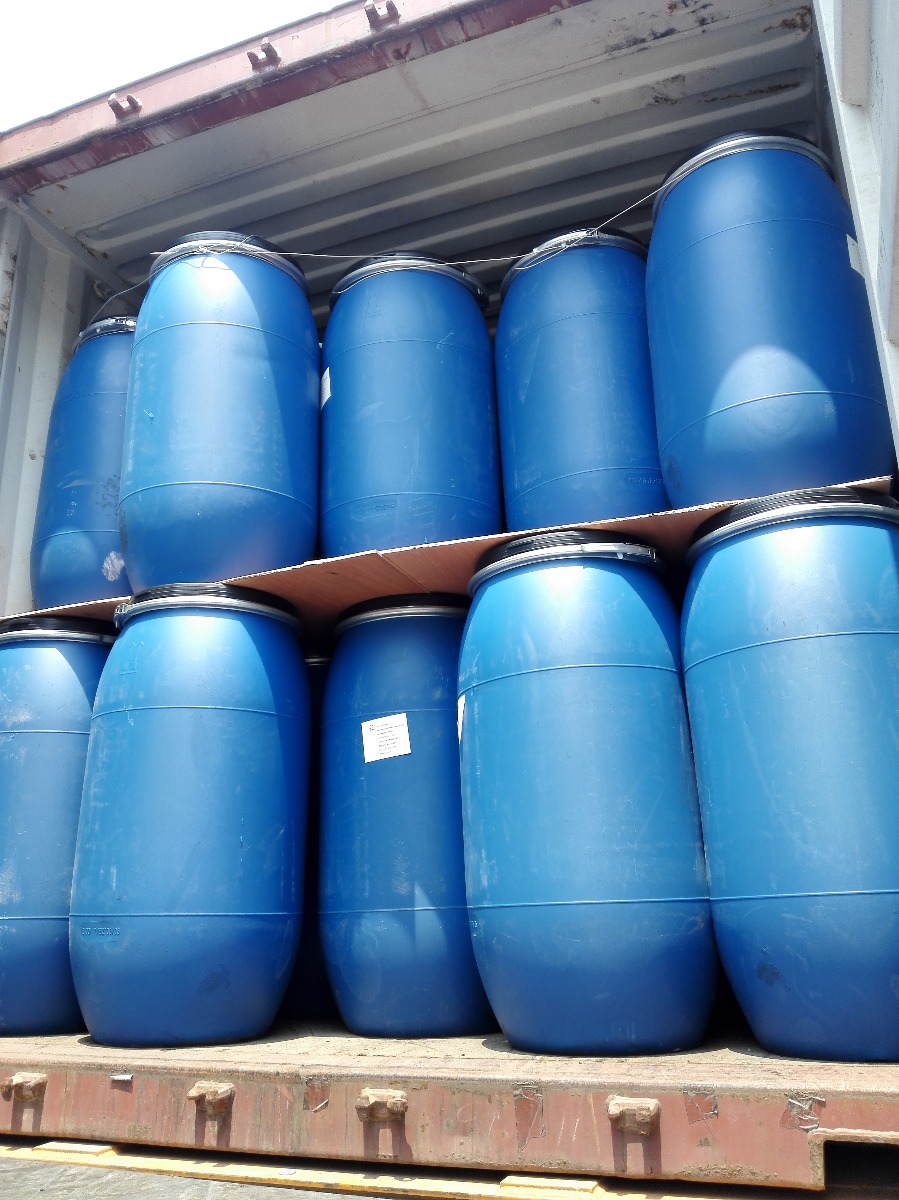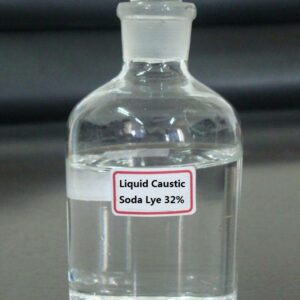Description
🔬 Product Specifications
-
Product Name: Sodium Laureth Sulfate
-
Abbreviation: SLES 70%
-
CAS Number: 9004-82-4
-
Chemical Formula: RO(CH₂CH₂O)nSO₃Na (R = alkyl group, usually C12–C14)
-
Appearance: Clear to pale yellow, viscous liquid
-
Active Matter: ≥ 70%
-
pH (1% solution): 6.5 – 8.5
-
Color (APHA): ≤ 50
-
Sodium Chloride Content: ≤ 1.5%
-
Free Oil Content: ≤ 1.5%
-
Packaging: 200 kg plastic drums, IBC tanks, or bulk containers
-
Shelf Life: 12–24 months when stored properly
-
Storage Conditions: Store in a cool, dry place; avoid direct sunlight and freezing
🔧 Applications of SLES 70%
1. Personal Care Products
SLES 70% is a go-to surfactant in shampoos, shower gels, and facial cleansers due to its mildness and excellent foaming capability. It helps remove dirt and oil while maintaining skin moisture.
2. Household and Industrial Cleaners
Used in dishwashing liquids, laundry detergents, and floor cleaners, SLES 70% efficiently breaks down grease, grime, and stains.
3. Toothpaste and Oral Hygiene
Thanks to its foaming and cleansing power, it is often found in toothpaste formulations, enhancing user experience and oral hygiene.
4. Textile and Leather Industry
In textile and leather processing, SLES is used as a wetting agent, detergent, and foaming agent in dyeing and scouring processes.
✅ Key Benefits
-
✔️ High active content (70%) for economic formulations
-
✔️ Excellent foaming and emulsifying performance
-
✔️ Gentler than traditional SLS, suitable for sensitive skin
-
✔️ Easy to formulate with other surfactants and additives
-
✔️ Biodegradable and environmentally safer than older alternatives
-
✔️ Cost-effective for bulk and commercial applications
⚠️ Safety and Handling
While SLES 70% is considered milder than SLS, it can still cause eye and skin irritation in concentrated form. Always use gloves and eye protection when handling the raw material. In finished products, it is usually present at much lower concentrations (typically 5–15%) and is considered safe for daily use. Store in tightly sealed containers and keep away from heat and incompatible chemicals. Always refer to the Material Safety Data Sheet (MSDS) for full safety guidelines.
📌 Conclusion
Sodium Laureth Sulfate (SLES) 70% is a versatile, high-performance surfactant widely used in the cosmetic, cleaning, and industrial sectors. With its superior foaming, cleaning, and emulsifying abilities—combined with a relatively mild profile—SLES 70% remains a trusted ingredient for formulators seeking effectiveness and safety in one package. Whether you’re manufacturing shampoos, detergents, or cleansers, SLES 70% delivers consistent, reliable results.








![Caustic Soda 98% /Sodium Hydroxide 98% [Flakes]](https://mjrdchemhome.com/wp-content/uploads/2025/04/camachem_-_caustic_soda_flakes_9__1-300x300.jpg)
